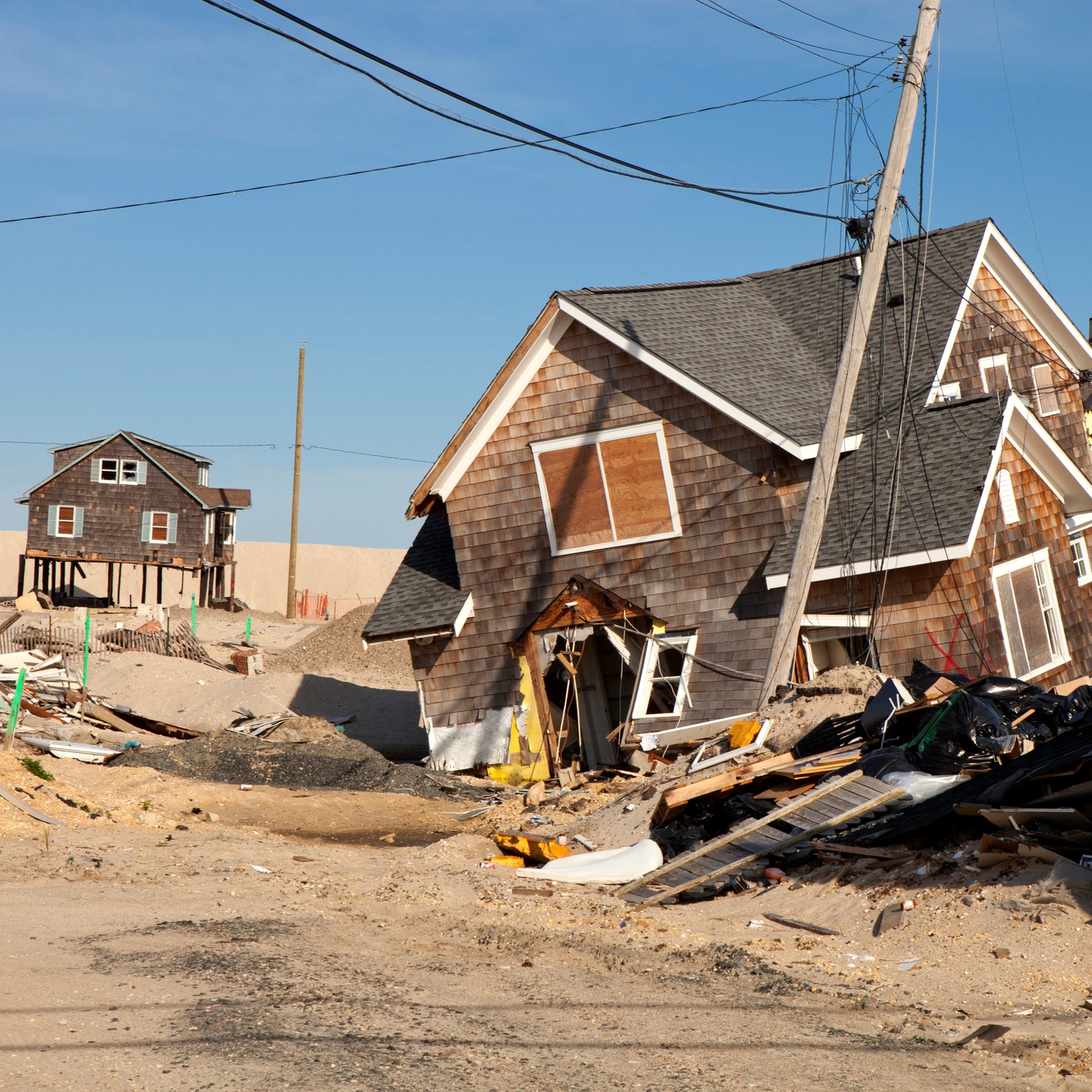Economy
Insured Property Losses From Hurricane Matthew Could Hit $6 Billion

Published:
Last Updated:

Hurricane Matthew has killed hundreds of people in Haiti, swamped cities up and down the Florida and Georgia coasts, and left hundreds of thousands of people without electricity. It also has caused as much as $6 billion insured property losses, according to research firm CoreLogic. This estimate includes Florida, Georgia and South Carolina.
CoreLogic has been tracking the potential losses since the hurricane — at one point a Category 5, the most powerful level — began to move toward the United States. Now that the storm has made its way past Georgia, the firm has posted its estimated costs:
Hurricane Matthew are estimated to be between $4 billion and $6 billion from wind and storm surge damage. This does not include insured losses related to additional flooding, business interruption or contents. Of this $4-6 billion, 90 percent of the insurance claims are expected to be related to wind and 10 percent is expected to be related to storm surge. (its analysis) shows the insured property loss estimates for Hurricane Matthew compared with previous storms, including Hurricanes Katrina, Sandy, Floyd and David. As the data indicates, the insured loss estimate from Hurricane Matthew is well above Hurricanes Floyd and David, but well below Hurricanes Katrina and Sandy.
Also:
In addition, CoreLogic estimates about 1.5 million residential and commercial properties are expected to be impacted from wind and storm surge from Hurricane Matthew. The fact that structures in the region are comprised primarily of masonry, wood and veneers, coupled with the stringent Florida building codes, helps reduce total insured property losses compared with other memorable storms.
The analysis will not be complete for days, or more, while Matthew weakens but stays near the coastline from North Carolina toward Virginia.
Take the quiz below to get matched with a financial advisor today.
Each advisor has been vetted by SmartAsset and is held to a fiduciary standard to act in your best interests.
Here’s how it works:
1. Answer SmartAsset advisor match quiz
2. Review your pre-screened matches at your leisure. Check out the
advisors’ profiles.
3. Speak with advisors at no cost to you. Have an introductory call on the phone or introduction in person and choose whom to work with in the future
Take the retirement quiz right here.
Thank you for reading! Have some feedback for us?
Contact the 24/7 Wall St. editorial team.